Complete Guide on How to Train a Pitbull Puppy
Learning how to train a pitbull puppy from a young age is incredibly important. Pitbulls have, unfortunately, been given a negative image that is completely undeserved. In reality, they’re some of the sweetest and most loving dogs you’ll ever meet.
However, like any dog, they’re also a product of their environment. And that’s why it’s important to make sure your pitbull puppy receives proper training. Not only does it help ensure your pitbull will have a high quality of life—it also helps remove the toxic stigma surrounding this wonderful breed.
Read on for our best pitbull puppy training tips.

What You Should Know Before Training Your Pitbull Puppy
Let’s start out here by laying a bit of a foundation. Beyond specific techniques and actions, there are a few key factors to understand when learning how to train a pitbull puppy.
One is consistency. If you’re starting a training regimen or setting a rule or boundary, you have to be consistent! Sending mixed messages will confuse your pup, and it will also undermine your own authority. And if you’re not firm when maintaining your rules or boundaries, you will lose dominance in the relationship. It’s important to establish and maintain dominance so that your dog will obey your commands.
Another factor is positive vs negative reinforcement. Never punish your dog. Positive reinforcement is a more effective, compassionate, and enjoyable way to train your dog. Plus, it helps to form a bond between the two of you that should last for years.
Finally, timing is also important. You’ve heard the phrase “can’t teach an old dog new tricks.” Well, although starting later in life isn’t necessarily a lost cause, the younger you start training your pitbull, the better.
When Should I Start Training My Pitbull?
It’s important to start training your dog at a very young age. The best time to start is as soon as you bring them home. When puppies are in that developmental stage, they are like a sponge, constantly learning and imprinting from their environment and from their relationships.
The younger they are, the more quickly they can learn new things, and the greater their overall potential is for successful training in general. In the following sections you’ll learn which training exercises are best for each age period.
Pitbull Training at 3-8 Weeks
This is the best time to begin training your basic commands. Your cute little pup will easily retain and cement these commands into lifelong habits.
Name Calling
Start by getting the puppy familiar with his or her name. The sooner you succeed at this, the better. Don’t wait too long before deciding on a name, and be consistent in using it whenever engaging your pup. You should call your pitbull by their name before and after every command.
Sit
Sit is a very basic command that’s simple and easy to teach. Start by getting some tasty puppy treats as an incentive for your puppy to obey.
Hold a treat in the air above your Pit’s head, and slowly move it over their head, or even a few inches behind them so they back up. Their gaze will move up to follow the treat, and they will naturally end up sitting down.
When their butt hits the ground, say “sit” and then give them the treat and some praise. Soon your dog will associate sitting with the command.
Lay Down
When your dog has learned the “sit” command, you’re ready to teach “lay down.”
Hold the treat level with your dog’s eyes, a few inches from them, bring it down to the ground, and from there pull it out and away from them. Imagine tracing an “L” shape with the treat.
As your pup follows the treat they will naturally lie down. As soon as they do, say “lay down,” praise them and give them the treat. Let them know you’re pleased!
As you continue to do this your pup will come to associate lying down with the command.
Listen/Watch
This command will get your pitbull puppy to stop and pay attention to you when needed. Hold a treat near your eyes, and say “look at me” or “watch.”
When your dog stops what they’re doing and makes eye contact, give them the treat and praise them. This style of positive reinforcement and reward will be a recurring theme.
Once they have this command down, stretch out the amounts of time that you hold eye contact to strengthen the command.
Pitbull Training 8-12 Weeks
This is an age when your puppy can learn more focus-involved commands. The puppy’s attention span and intelligence increases at this age. And since your puppy has already learned some basics, this is the perfect time to teach “come when called,” as well as potty training.
Stay
To begin, have your dog either sit or lay down. Standing in front of them, hold your hand out with an open palm, say “stay,” back up a step, and pause.
If your dog doesn’t move, reward them. As you do this more, back up further and further before rewarding your dog to strengthen the command.
Come
Recall training aka coming when called is one of the most crucial things you will ever teach your dog. Being able to make your dog roll over is cute, but this command can literally mean the difference between life and death.
This is best learned in the home, or somewhere peaceful without a lot of distractions. You and a helper will both have a handful of treats. Sitting a ways apart, one of you will yell “come.” If this command is new you may also clap or whistle the first few times to get your dog’s attention.
When your dog arrives, reward them and love them up. At this point, your friend will yell “come,” and also reward your pup for obeying.
You can even try continuing this game from opposite sides of the house, or even hiding in different rooms until your pup finds you.
Potty Training
Potty training is one aspect of training that you are not likely to overlook. Let’s get into it.
For starters, make sure to take your dog outside often, especially when they’re young.
Remember to never punish your dog. They won’t understand why you are punishing them. It is damaging to your relationship with your dog and it isn’t an effective way to train.
Every time your dog eliminates outside, praise them and reward them with a treat. Do this right away, so that they associate the act with the positive reinforcement.
A big part of this is being able to recognize when your puppy has to go. There will be cues that you will learn to pick up on. When it’s that time, your dog may go in circles, whine at the door, or wander off into another room.
Be attentive to when your dog has to go out, reward good behavior, and you’ll be set!
Socialize
It’s important to socialize your dog from a young age. You’re building a foundation for lifelong behavior patterns here.
So you’ll want to socialize your pup by getting them used to being around both other dogs and other people, always in a monitored and safe environment of course. There are lots of great ways to do this.
Any positive experience that familiarizes your pup with friends, other dogs and public spaces is a good thing. We probably don’t have to remind you that it’s your responsibility to always monitor and supervise your dog in such situations.
Pitbull Training 12-16 Weeks
At this age, your pitbull is going to need to blow off some steam for 2-3 hours a day to use up some of that excess energy. Pitbulls who are forced to be couch potatoes during this active stage can suffer for it and even develop some issues as a result.
Leash Walking
Your dog’s ability to walk on a leash without pulling is crucial. Trust us!
You don’t want your pup running ahead of you while you’re out for walks. Your dog will learn to walk side by side with you. So when they do run ahead of you or pull, simply stop, tighten the leash, and wait.
When your dog is positioned beside you, offer a small treat and continue. Your dog will figure out that when they run ahead, the leash tightens and the walk stops. However, when they walk side by side with you, the walk goes on.
Stay consistent with leash training your puppy.
Fetch
Introduce your dog to an object such as a toy, tennis ball, etc. Show your dog the object, and give them a treat. Then toss the object a short distance and motion for your dog to get it.
If your dog picks the object up, offer them another reward. Now for the trickier part, toss the object and have your dog pick it up, and then encourage them to bring it to you while they are holding the object.
Reward them for returning the toy. When this succeeds, start throwing the object farther and farther away!
Jump
Have your dog sit. Hold the treat over your dog’s head and say, “Jump!” You might jump yourself to demonstrate what you mean. If your dog doesn’t understand, bring the treat a little closer to their nose and encourage them to go for it.
When them do jump, say “jump” again, and slightly pull the treat up and away as they reach for it. Reward them and encourage them.
More Advanced Games
There are some great games out there, from puzzle toys to creative obedience exercises. Our Tug Toy for Puppies is a great tool for many of these games. It’s puppy-safe and incredibly durable, which means it can give your pitbull puppy an awesome workout and a dynamic play session all at once!
We Want What’s Best For Our Pitbulls
Proper training is vital, and knowing how to train a pitbull puppy is an important responsibility. Learning and cementing good behaviour will ensure your dog lives a long and happy life.
And it’s not only training that promotes good behaviour but also a healthy, balanced, and consistent diet. Something you’ll definitely want to check out is our performance chews, chicken flavoured treats, and beef flavoured treats. They’re perfect treats for your puppy-training reward system while also delivering nutrients that are essential for healthy growth and development. Your pitbull puppy will love them!


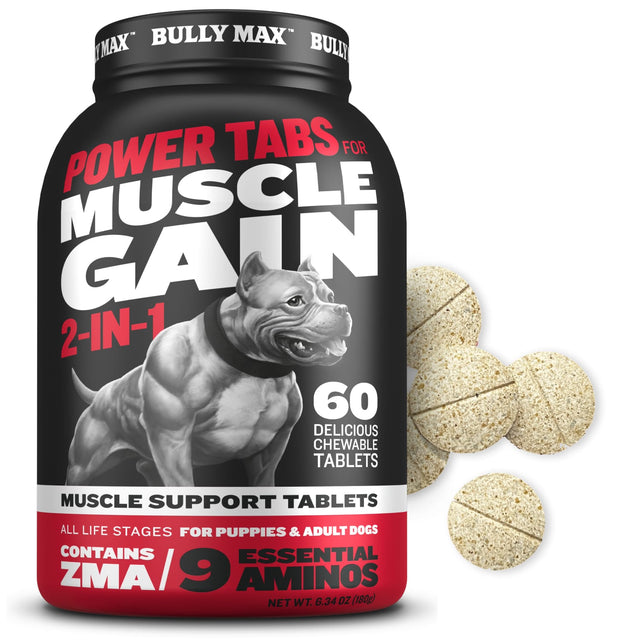
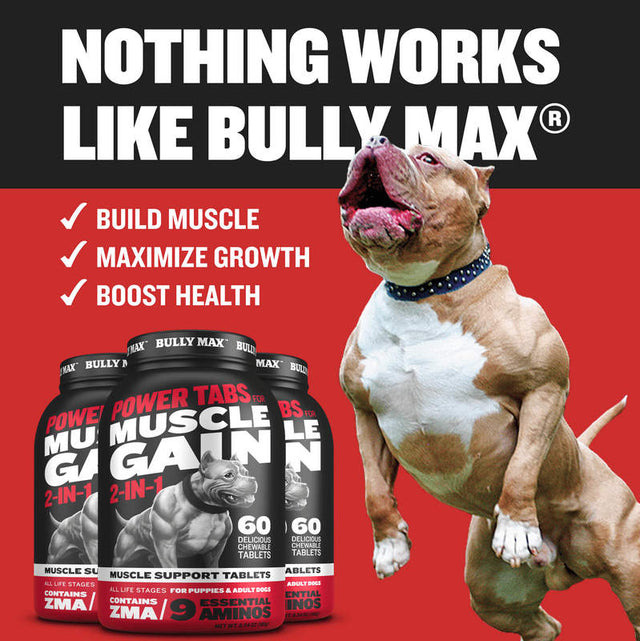



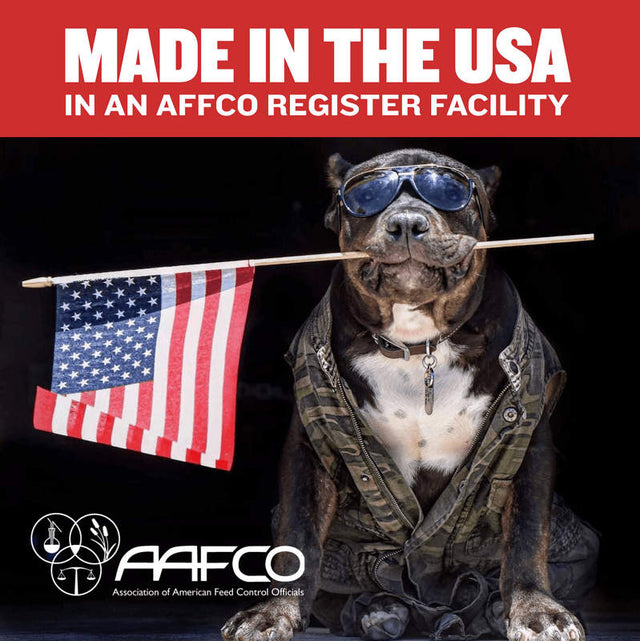
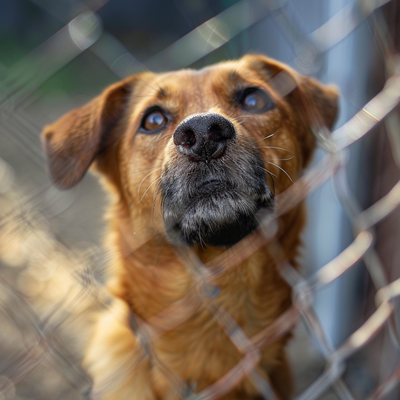
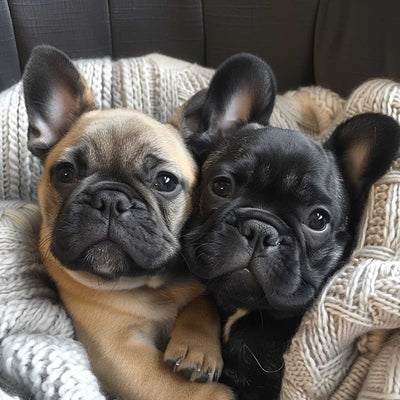

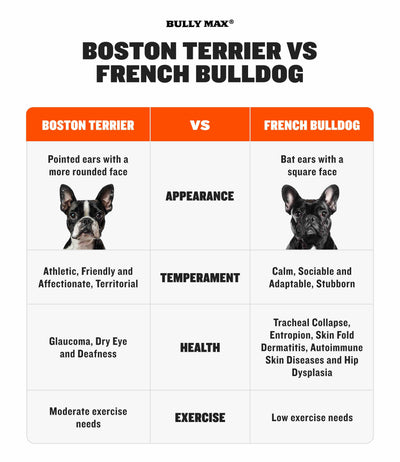
11 comments
this was great
My husband was gifted a Golden Pitt.
He is 5 months old. Since we didn’t get him as a puppy… is it too late for us to train him?
We have been told by many people that with Pitts you have to train them when they are puppies or it’s a lost cause. Because they are stubborn and strong-willed which makes it hard to train them when they are out of the puppy stage or older.
A popular method of correcting excessive barking is teaching the “quiet” command. Use a calm, firm voice to tell your dog to be “quiet” and positively reinforce this desirable behavior with treats and affection. As for the chewing, moderate usage of bitter spray is not cruel. It is a good thing to also provide toys designed for chewing like the indestructible dog ball of Bully Max. Aside from these tips, make sure that your pet is getting enough physical and mental exercise. Chewing and excessing barking are signs of boredom in most cases.
This is so helpful! Thank you. Any tips on how to start young dealing with barking in the house? I am getting my baby Saturday and I want to start everything early. Also chewing. I have had a pitbull before and she was not a barker so I was lucky, but chewing she did a lot in the beginning. I made sure to provide her lots of her own things to chew, I also tried a puppy bitter spray on some things that she tried to chew. Is that cruel?
Very helpful thank you!